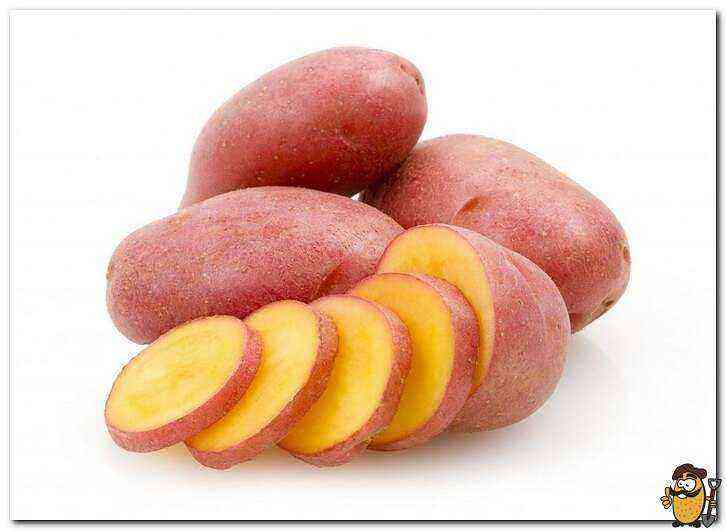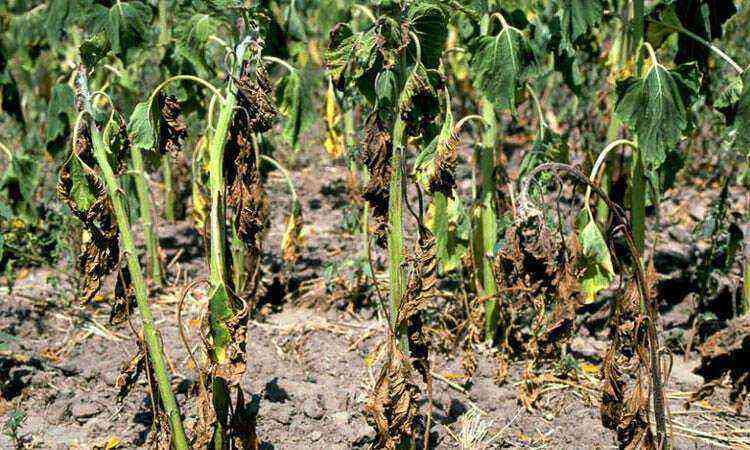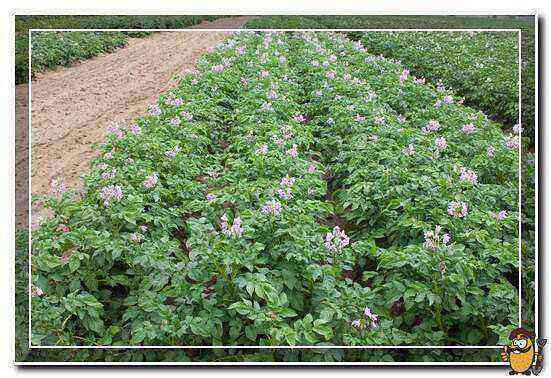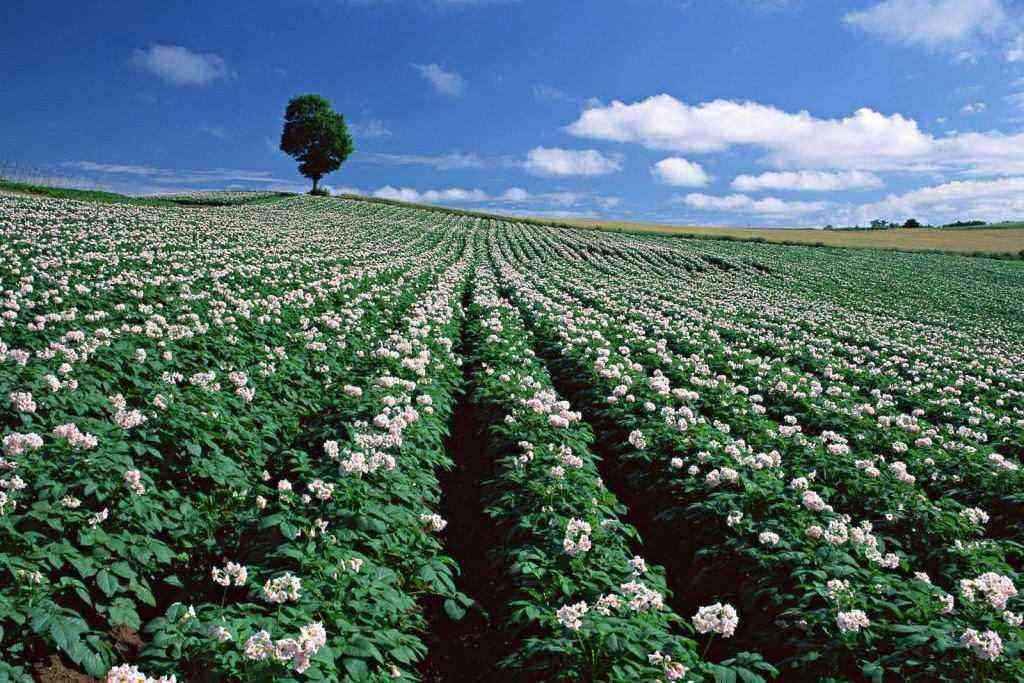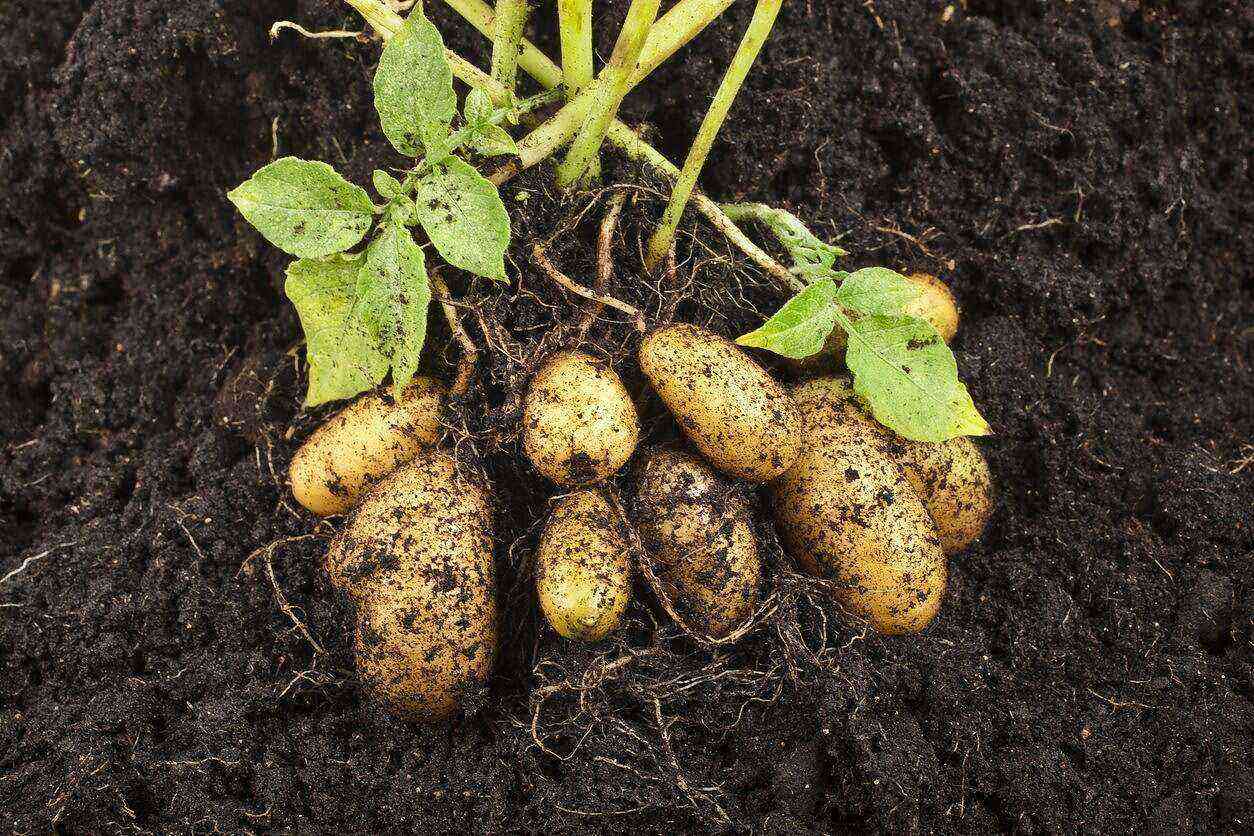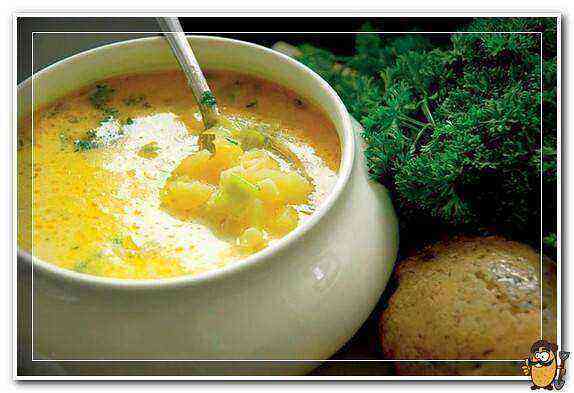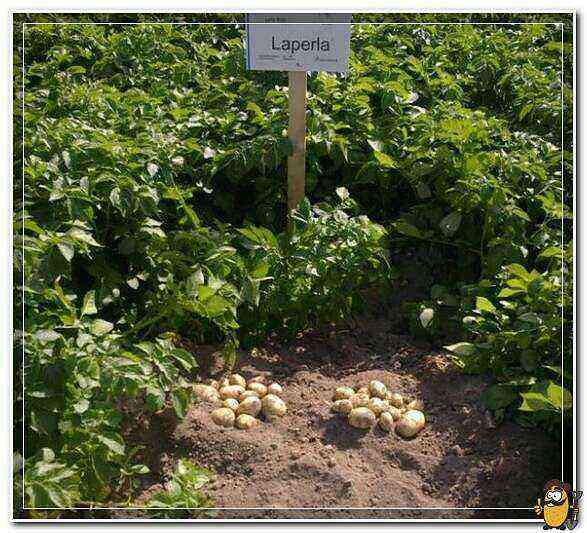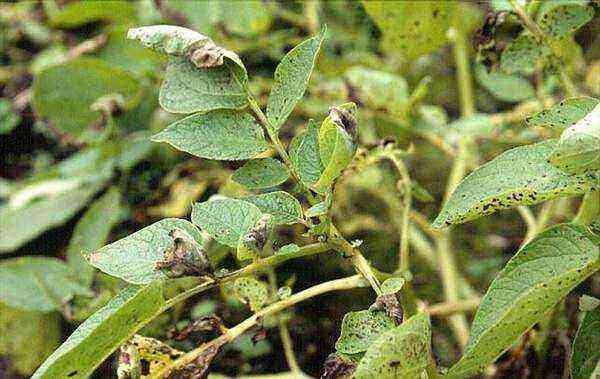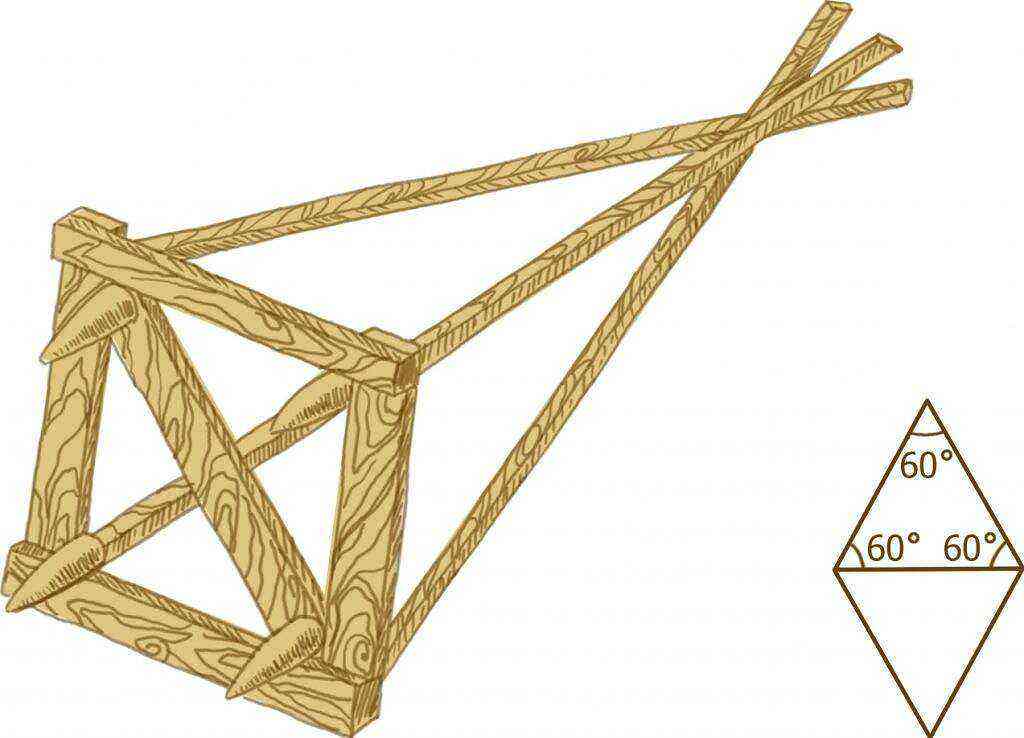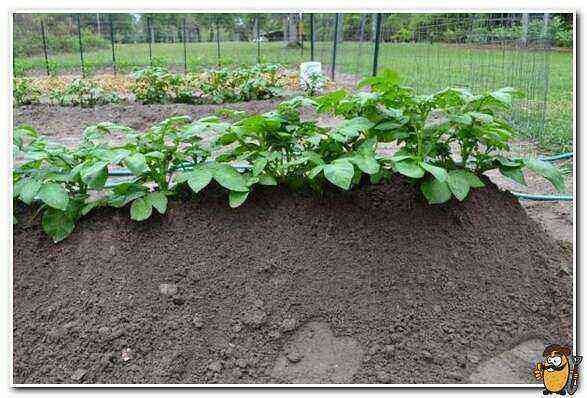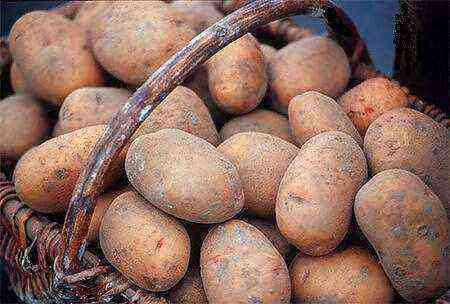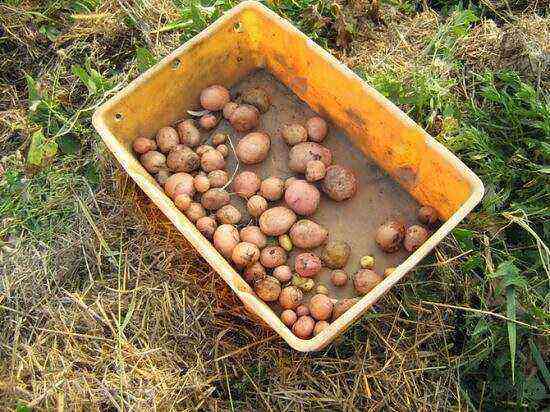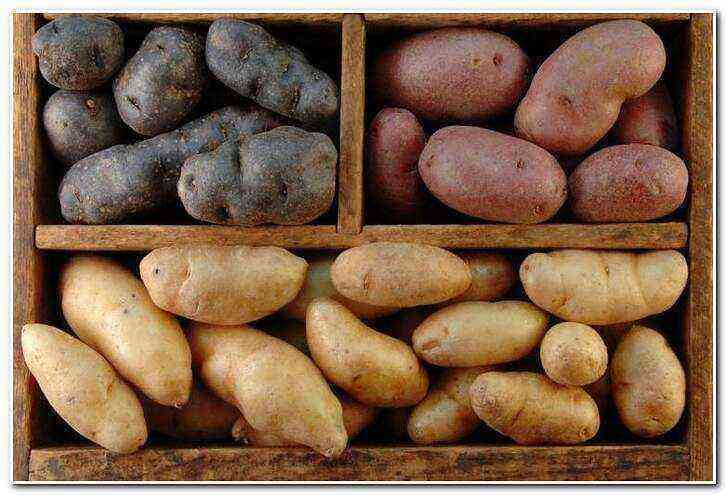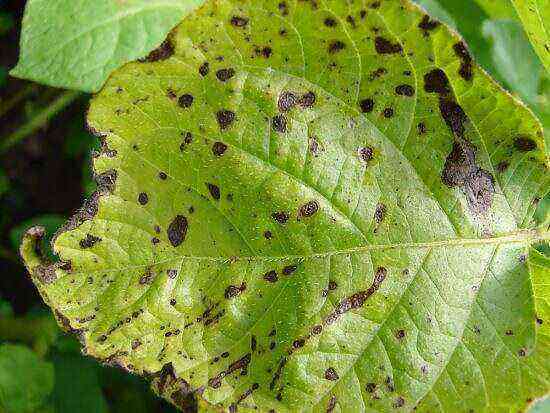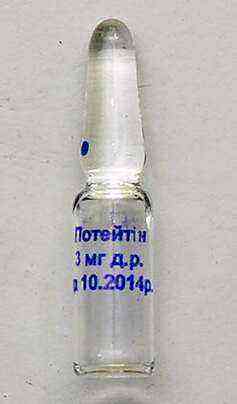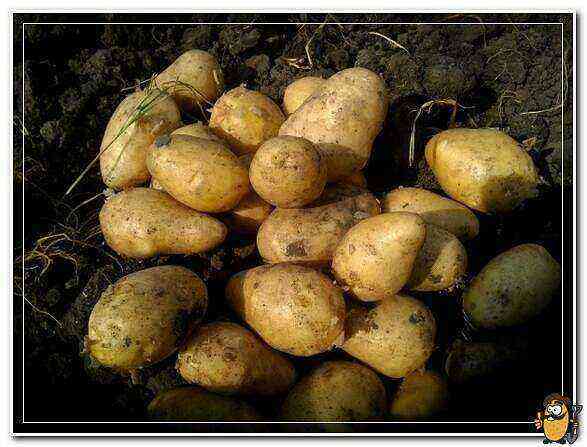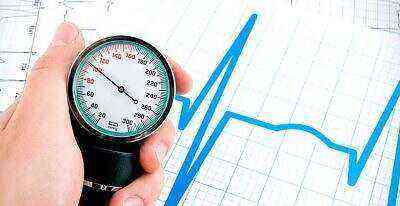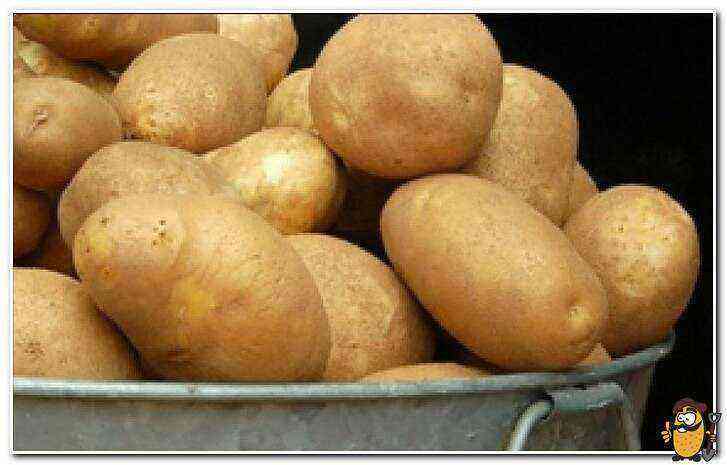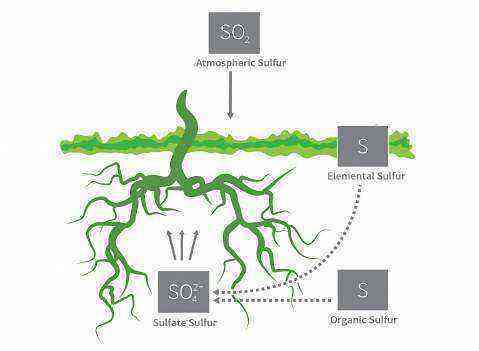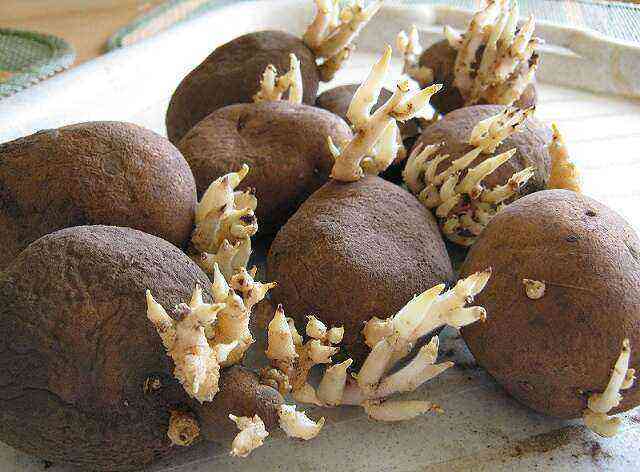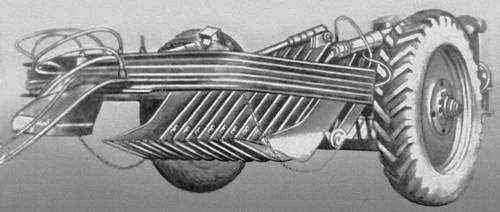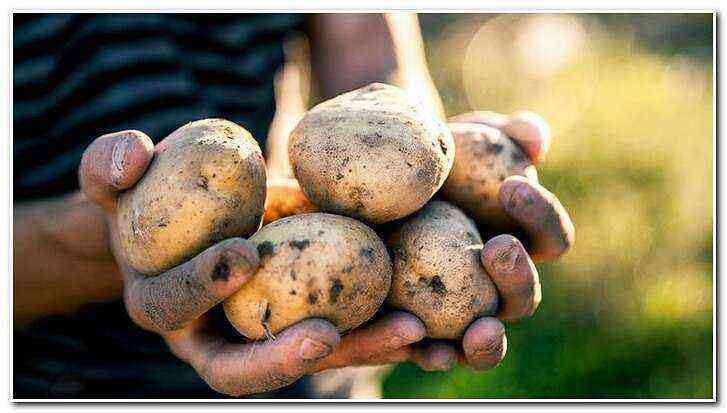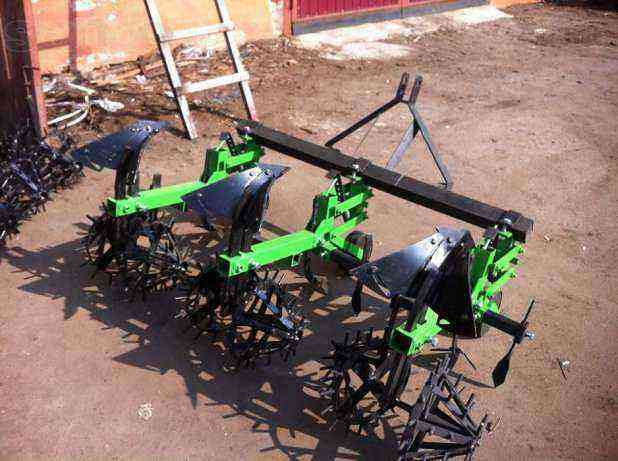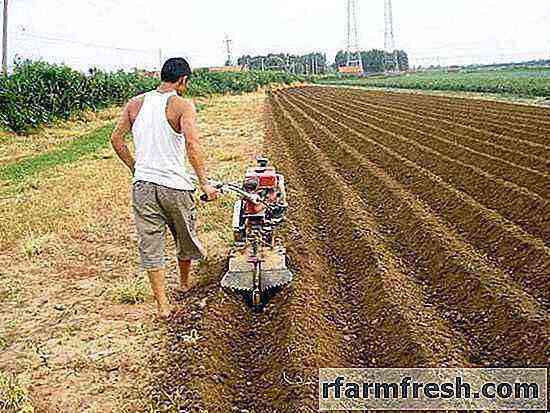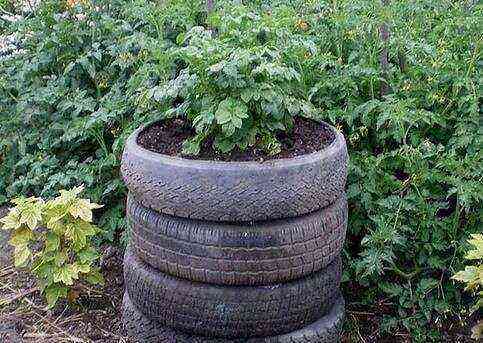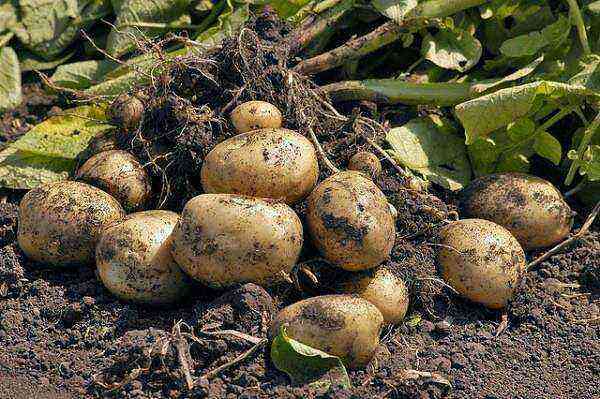What’s going on with the culture?
Vegetative growth. This stage begins from the emergence of seedlings and lasts until the beginning of the formation of tubers and includes the active development of roots, stems, leaves. The maternal tuber is losing its importance. A well-formed root system is especially important at this stage and for further growth, as it helps the plant to quickly recover from spring frost, hail or insect damage.
The beginning of the formation of tubers. This period coincides with the appearance of buds and the beginning of flowering. Under suitable growth conditions, buds form at the tip of the stolons, which begin to swell, leading to the onset of tuber formation. This stage lasts about two weeks and occurs in early to late June, depending on location, climatic conditions, soil type, planting date and variety. The plant can form up to 20-30 small tubers, but only 5 to 15 tubers reach full maturity.
Tuber growth falls on the period of flowering of potato plants. Tuber cells grow by storing water, nutrients and carbohydrates. Up to 75% of the final harvest is accumulated. This is a critical period for the formation of tubers and their quality. Tuber growth is the longest stage. It lasts an average of 45-60 days.
Tuber growth, its speed and duration depend on environmental conditions and characteristics of the variety. Any action that restricts or disrupts the growth of healthy foliage has a negative effect on the growth of tubers and causes dry matter to drain from the tubers into the foliage, which reduces yield. The key factors affecting tuber growth are temperature, mineral nutrition, physiological age, plant spacing, planting date, moisture conditions and pest control.
Environmental requirements
Temperature. Potato tops on plantings with moderately moist soil develop better at an air temperature of 18–25 ° С. If the temperature rises to 40–41 ° C, assimilation stops altogether. Plants grown in hot weather lengthen the stems and side shoots, narrow the leaf blades, decrease the chlorophyll content, and shorten the growing season. For flowering, the most favorable temperature is 18-21 ° C in the middle zone and 23-24 ° C in the southern one. The optimum soil temperature for tuberization is 15–19 ° С. At temperatures below 6 and above 23 ° C, the growth of tubers decreases sharply, and at 26-29 ° C it usually stops. The tubers lengthen, they do not always have a dormant period and can lead to temperature degeneration of the tubers.
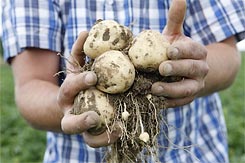 Insufficient temperature (both air and soil) also negatively affects the photosynthetic activity of plants and their assimilation of the most important nutrients.
Insufficient temperature (both air and soil) also negatively affects the photosynthetic activity of plants and their assimilation of the most important nutrients.
Shine. With a lack of light, the potato weakly branches and blooms, the stems stretch and lodge. Planting is also inadequate when the density of the aboveground mass of plants is insufficient, when part of the solar radiation is not captured by the leaf apparatus, and it falls directly onto the soil. All this, as in the first case, leads to a decrease in yield and a decrease in the quality of tubers.
Under the conditions of the Non-Chernozem zone, for each centner of tubers, 65–104 centners of water are consumed on loamy soil and 110–136 centners on sandy loam soil. Potatoes give the highest yields at a high moisture content in the soil – in the range of 60–80% PPV. With a lack of moisture, the intensity of photosynthesis and assimilation of nutrients fall significantly and the yield decreases. For the period of budding – flowering, potatoes require the largest amount of moisture. The most favorable conditions providing intensive stolon and tuberization are created when soil moisture in the zone of distribution of the main mass of roots during the period of budding – flowering at the level of 70–80% of the PPV. Waterlogging of the soil leads to a deterioration in the conditions for the growth and development of plants, the content of dry matter and starch in tubers decreases, and their damage by bacterial and fungal diseases increases.
Air content. Potatoes develop well if the density of the arable layer is 1,0–1,2 g / cm³ (on sandy soil – 1,3–1,5 g / cm³), and the aeration duty cycle is 20–30% of the total pore volume.
An important biological feature of the potato is that it has an underdeveloped root system. The total mass of roots is usually 7–8% of the mass of the tops. Moreover, their main part (up to 60%) is located in a small surface layer of soil.
Diseases and pests of potato tubers and seedlings
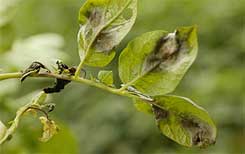
Late blight. The pathogen develops inside the leaves of the potato and causes the formation of dark spots. In conditions of high air humidity, a white bloom appears around the spots on the border of healthy and affected tissue from the underside of the leaves. Spots on infected leaves become visible 3-5 days after infection. In dry weather, the tops turn brown and dry, in wet weather they rot. On the stems, the disease manifests itself in the form of dark brown oblong spots, on which sporulation is noticeable in wet weather. With severe damage, the stems become brittle.
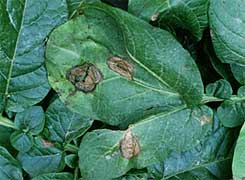 Causative agent alternaria potatoes affect tubers, leaves and stems. The disease manifests itself in the budding phase of plants and develops throughout the summer. Most often, primary symptoms appear on old leaves as rounded dark brown spots with pronounced zoning. Basically, the spots are located in the center of the leaf blade. During the growing season, the spots increase in size, leading to premature drying and leaf fall. The spots on the stems have no sharp boundaries. Tuber infection occurs during harvesting. On the surface, depressed dry spots of a brown color appear, of an irregular shape, under which the pulp turns into a dry brown or dark gray mass. The surface of the spots is most often wrinkled.
Causative agent alternaria potatoes affect tubers, leaves and stems. The disease manifests itself in the budding phase of plants and develops throughout the summer. Most often, primary symptoms appear on old leaves as rounded dark brown spots with pronounced zoning. Basically, the spots are located in the center of the leaf blade. During the growing season, the spots increase in size, leading to premature drying and leaf fall. The spots on the stems have no sharp boundaries. Tuber infection occurs during harvesting. On the surface, depressed dry spots of a brown color appear, of an irregular shape, under which the pulp turns into a dry brown or dark gray mass. The surface of the spots is most often wrinkled.
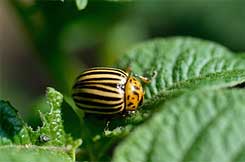 Colorado beetle is the most dangerous potato leaf beetle. The beetle larva consumes about 40 cm² of leaves per day, and the adult insect eats up to 9,65 cm² additionally. In addition, the Colorado potato beetle is highly fertile. One female can lay 300-800 eggs. Also, these insects are able to very quickly develop resistance to chemicals that have ever been used against it.
Colorado beetle is the most dangerous potato leaf beetle. The beetle larva consumes about 40 cm² of leaves per day, and the adult insect eats up to 9,65 cm² additionally. In addition, the Colorado potato beetle is highly fertile. One female can lay 300-800 eggs. Also, these insects are able to very quickly develop resistance to chemicals that have ever been used against it.
 Aphid. In addition to crop losses from damage to ground parts of plants, it is a danger as carriers of viral diseases, especially on seed potatoes.
Aphid. In addition to crop losses from damage to ground parts of plants, it is a danger as carriers of viral diseases, especially on seed potatoes.

